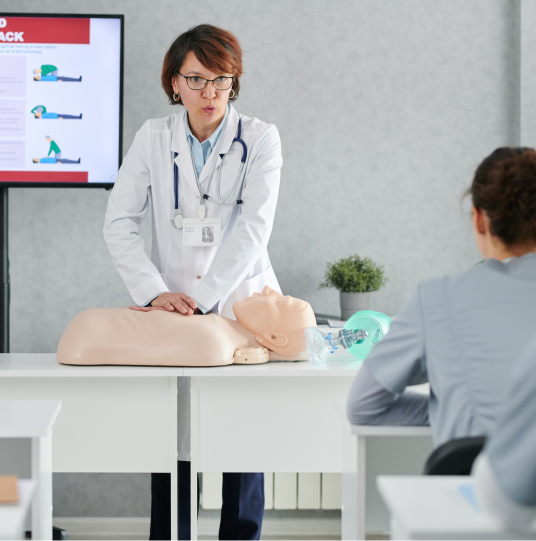Choking Emergencies
Our all-course combo training includes Adult, Child, and Infant CPR, First Aid, and Bloodborne Pathogens certification. It’s built specifically for healthcare professionals and follows OSHA guidelines. CPR/AED and First Aid certifications are valid for 2 years, and the Bloodborne Pathogens certification is valid for 1 year. A free wallet card is mailed to all course completers.
$49.95$59.85
